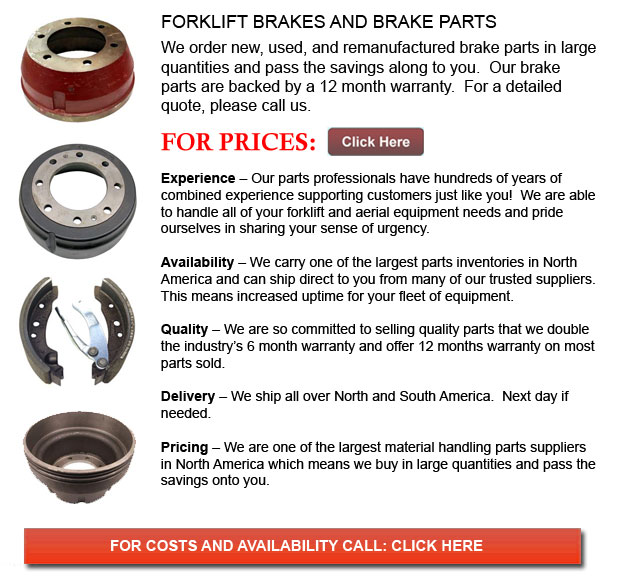
Forklift Brakes - A brake drum is wherein the friction is supplied by the brake pads or brake shoes. The shoes or pads press up against the rotating brake drum. There are some other brake drums types with certain specific differences. A "break drum" would normally refer to when either pads or shoes press onto the inner surface of the drum. A "clasp brake" is the term utilized so as to describe if shoes press against the exterior of the drum. One more kind of brake, known as a "band brake" utilizes a flexible belt or band to wrap round the outside of the drum. Whenever the drum is pinched in between two shoes, it can be called a "pinch brake drum." Similar to a conventional disc brake, these types of brakes are somewhat uncommon.
Previous to 1955, old brake drums needed consistent adjustment periodically so as to compensate for shoe and drum wear. "Low pedal" or long brake pedal travel is the dangerous end result if modifications are not executed sufficiently. The vehicle can become hazardous and the brakes can become useless whenever low pedal is combined along with brake fade.
There are quite a few different Self-Adjusting systems designed for braking existing these days. They can be classed into two separate categories, the RAD and RAI. RAI systems are built in systems that help the tool recover from overheating. The most recognized RAI manufacturers are Bosch, AP, Bendix and Lucas. The most famous RAD systems comprise Ford recovery systems, Volkswagen, VAG, AP and Bendix.
Self-repositioning brakes generally make use of a mechanism which engages only whenever the vehicle is being stopped from reverse motion. This stopping technique is acceptable for use where all wheels utilize brake drums. Most vehicles today use disc brakes on the front wheels. By operating only in reverse it is less possible that the brakes will be adjusted while hot and the brake drums are expanded. If adapted while hot, "dragging brakes" can happen, which raises fuel intake and accelerates wear. A ratchet mechanism that becomes engaged as the hand brake is set is another way the self repositioning brakes can operate. This means is only appropriate in applications where rear brake drums are used. When the emergency or parking brake actuator lever exceeds a certain amount of travel, the ratchet advances an adjuster screw and the brake shoes move toward the drum.
There is a manual adjustment knob situated at the bottom of the drum. It is generally adjusted through a hole on the other side of the wheel and this involves going beneath the forklift using a flathead screwdriver. It is of utmost importance to move the click wheel properly and tweak each wheel evenly. If uneven adjustment happens, the vehicle may pull to one side during heavy braking. The most effective way to be able to guarantee this tedious job is done safely is to either raise each and every wheel off the ground and hand spin it while measuring how much force it takes and feeling if the shoes are dragging, or give every\each and every one the same amount of clicks utilizing the hand and then do a road test.
![]() Click to Download the pdf
Click to Download the pdf
Forklift Parts
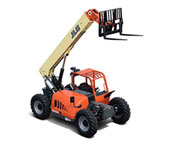
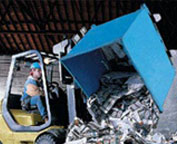
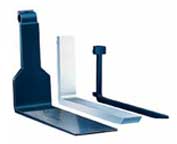
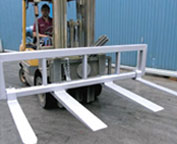
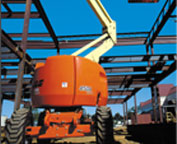
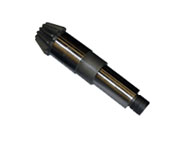
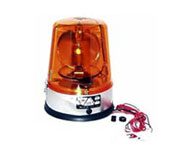
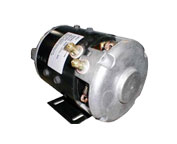
Lift Parts Express
TOLL FREE: 1-888-695-7994
Tulsa, Oklahoma
forkliftpartstulsa.com
Email Us
About Us


